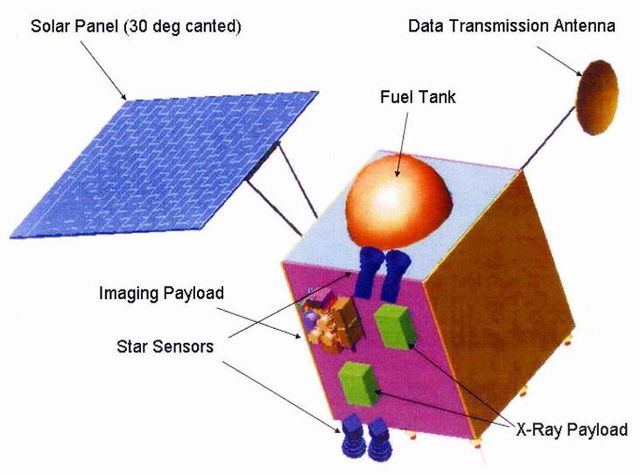Spacecrafts don’t always have grand endings. In fact, many of them get lost or destroyed, never to be seen or heard from again. But over the past few years, NASA seems to have gotten really good at finding spacecrafts everyone else thought had been lost for good, such as its STEREO-B solar observer.
Now, the space agency has rediscovered an Indian orbiter that lost contact with the Earth close to eight years ago, Gizmodo reports. Scientists at NASA’s Jet Propulsion Laboratory in Pasadena, California, used ground-based radar techniques to locate its Lunar Reconnaissance Orbiter (LRO), which launched in 2009 and is still active.
They also found the Indian Space Research Organization’s Chandrayaan-1, which launched in 2008. This was much more difficult to discover because of its tiny size of around five feet on each side, and had already been thought lost.
Marina Brozovic, a radar scientist at JPL, said, “Finding LRO was relatively easy, as we were working with the mission’s navigators and had precise orbit data where it was located.” She added,
Finding India’s Chandrayaan-1 required a bit more detective work because the last contact with the spacecraft was in August of 2009.
The team at JPL first used orbital estimates to come up with an educated guess as to Chandrayaan-1’s location, around 124 miles above the moon and in a polar orbit. Then they sent microwave beams towards the moon’s north pole via a 230-foot antenna at the Goldstone Deep Space Communications Complex to check if the spacecraft would be detected on radar. Something with the signature of a small spacecraft crossed the radar’s path two times.
The scientists listened to the “echoes” the radar was bouncing back for three months, received at NASA’s 330-foot Green Bank Telescope in West Virginia, and the Arecibo Observatory in Puerto Rico.
Now that this method has proven effective at finding even small spacecraft, it could be immensely helpful in both manned and unmanned lunar missions, scientists say.
























